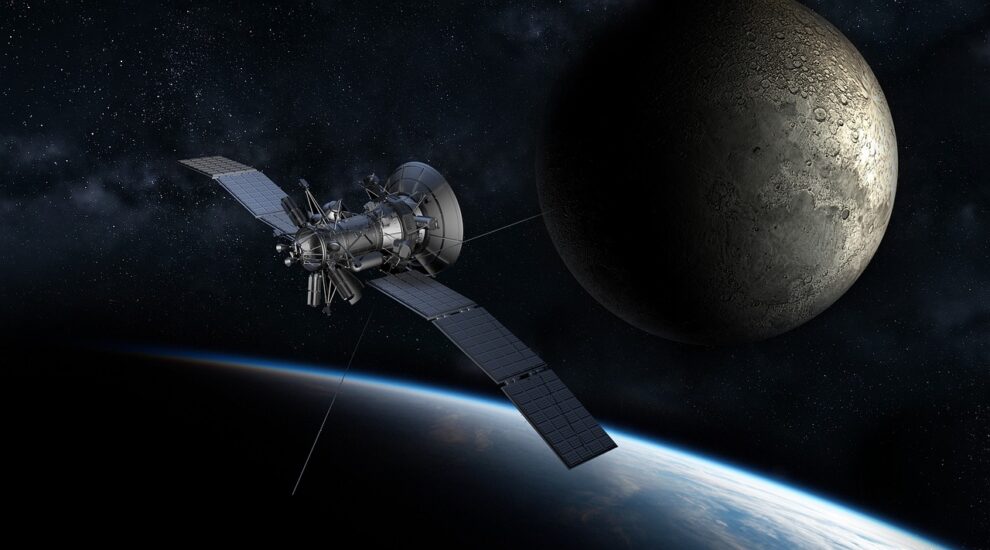A large satellite which ended its mission 13 years ago will come crashing down to Earth in an uncontrolled manner within the next week, but there is almost zero chance it will hurt anyone, the European Space Agency has said.
The ESA’s ERS-2 satellite, which launched in 1995 on a mission to observe Earth, was slowly but deliberately brought down to avoid creating more debris orbiting the planet
Such space junk can pose a threat to active satellites as well as the International Space Station.
The agency predicted that ERS-2 will re-enter the atmosphere on Monday — give or take three days on either side.
Whatever survives this fiery re-entry could land anywhere on Earth, but there is little threat for people on the ground, ESA experts told a press conference on Tuesday.
“The odds of a piece of satellite falling on someone’s head is estimated at one in a billion,” said Benjamin Bastida Virgili, an ESA space debris system engineer.
Most of the 2.5 tonne satellite will burn up as it enters the atmosphere.
“We estimate that the largest fragment of the satellite that could reach the ground is 52 kilograms (115 pounds),” said Henri Laur of the ESA’s Earth observation mission.
When the ERS-2 launched in 1995, it was Europe’s most sophisticated Earth observation satellite, according to the ESA.
In 2011, the agency turned the satellite off in a way that ensured it would gradually fall back into the atmosphere in 13 years’ time.
If the ERS-2 was simply left to spin around the globe, it would have taken 100 to 200 years to re-enter the atmosphere, Laur said.
“We could not take the risk of leaving the satellite up there,” he added.
Without an energy source, the satellite was at a significant risk of exploding, which would create dangerous debris circling the planet, said ESA space safety coordinator Quentin Verspieren.
The ESA has committed to reducing space debris from its missions to zero by 2030.
More than 100 organisations including European aerospace heavyweight Airbus have said they would sign the agency’s “zero debris” charter, Verspieren said, adding that he hopes US-based rivals SpaceX and Amazon will follow suit.
On average, around one spacecraft re-enters Earth’s atmosphere every month, according to the ESA.
An ESA wind-mapping satellite called Aeolus had a more orderly return to Earth in 2023, its assisted re-entry made easier because it had been orbiting significantly lower than ERS-2.
